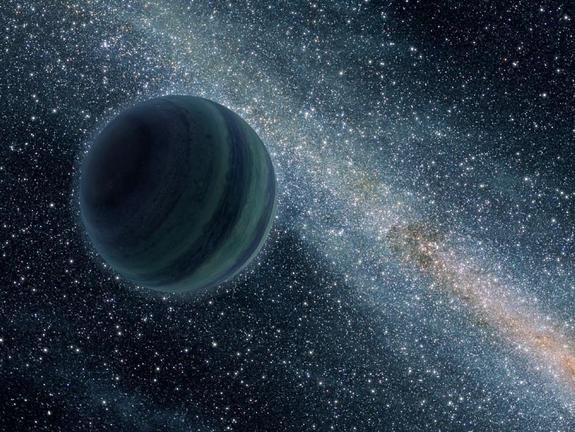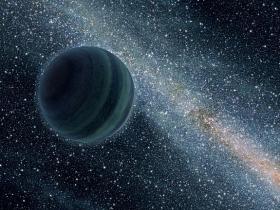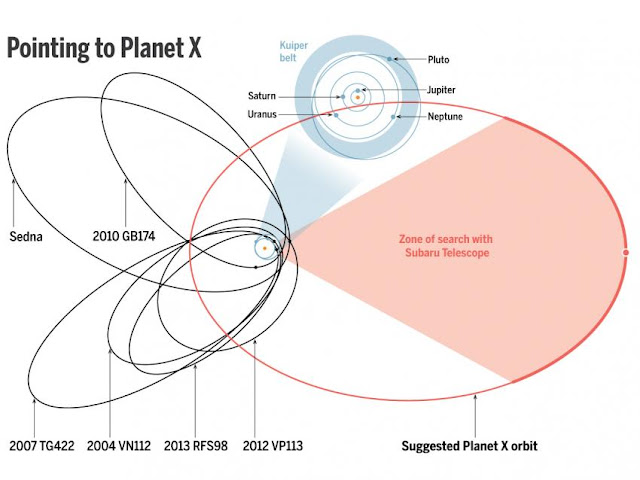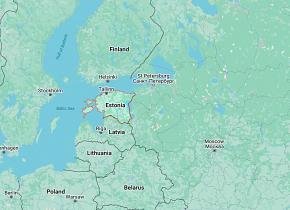Astronomers Have Announced The Discovery Of Giant
Conspiracy
theorists alike have long suspected that there might be ninth planet in
our Solar System, far out beyond the orbit of Pluto.
'Planet
X' community has occasionally suggested that this distant ninth world
is currently on a devastating collision course with our own planet. But
actual scientists are interested in the idea too, mainly because of the
need to explain anomalies in the orbits of extremely far-off objects in
the Kuiper Belt, the vast and mysterious disc of rock, ice and comets
that extends beyond the orbit of Neptune.
Most
recently Scott Sheppard from the Carnegie Institution for Science, and
Chad Trujillo, from the Gemini Observatory in Hawaii, argued in a 2014
paper and subsequent research that several small objects, including 2012
VP113 and a 500-1,000 km across rock called V774104, exhibit a strange
discrepancy in their orbits. Specifically, there is a strange gap
between their closest approach to the Sun and the time when they pass
through the 'plane' of the Solar System. This discrepancy could have
several causes -- other researchers have argued it might be the result
of 'stellar nurseries' near to our Solar System, or an object pulled out
of orbit from its star and into the outer reaches of our own -- but a
large, dark planet, estranged but still at home around our sun, was
considered a more likely cause.
Now a team at the California Institute of Technology believe they have found clear evidence of that giant, icy world -- our Sun's ninth -- orbiting at an almost unimaginably vast distance.
The
paper, published by Konstantin Batygin and Mike Brown -- the latter of
whom, in a neat twist, was one of the researchers primarily responsible
for demoting Pluto to a dwarf planet in 2006 -- in the Astronomical
Journal, describes this world as being five to 10 times as massive as
Earth and around two to four times as wide. That scale is not closely
matched by any existing world, but would make the planet the fifth
largest in the Solar System, closest in mass to Uranus.
The
existence of almost-planets in the belt is nothing new on its own --
Pluto was long regarded as a 'Planet X' itself, before it was
discovered, finally, in 1930 (and until its demotion to a dwarf planet
in 2006). Makemake and Haumea are two further dwarf planets that lie in
the belt, while Eris is more massive even than Pluto and usually orbits
the Sun from a much greater distance. But all of these objects are
orders of magnitude smaller than Planet Nine.
The
orbit of Planet Nine is extreme, never coming closer than 30.5
kilometres from the Sun, which is five times further than the average
orbit of Pluto. The world would be extremely cold and dark -- which is
why no one has ever taken a direct picture of it. Indeed, so
controversial is the planet that Batygin and Brown initially launched
their investigation to prove Planet Nine did not exist, and disprove the
2014 paper by Sheppard and Trujillo. But after building on research by
other astronomers, Brown and Batygin found their computer model of the
object's orbits only worked if Planet Nine existed; the "clustering" of
the objects was only possible if a ninth planet was affecting their
orbits, twisting them by up to 90 degrees and keeping them from coming
as close as expected to the Sun.
"It's
almost like having six hands on a clock all moving at different rates,
and when you happen to look up, they're all in exactly the same place,"
Brown said in a statement. "Basically it shouldn't happen randomly."
"Shouldn’t
something like that be hard to miss?" Brown told Scientific American.
"Yes, you would think so. This a case where we had our noses buried in
the data, never stepping back and looking at the Solar System from
above. I couldn’t believe I'd never noticed this before. It's
ridiculous."
Brown
and Batygin said they had considered the possibility that instead of a
planet, an object had formed more recently in the belt comprised of
comets and rocky balls clumped together. On review that appears to be
impossible, because the belt does not contain enough mass. A planet
roughly five times as massive as Earth, however, formed along with the
rest of the Solar System, perfectly fits the model, and explains other
strange phenomena discovered in the belt in recent decades.
"Continued
analysis of both distant and highly inclined outer Solar System objects
provides the opportunity for testing our hypothesis as well as further
constraining the orbital elements and mass of the distant planet," the
paper says.
Comments
There are 0 comments on this post















